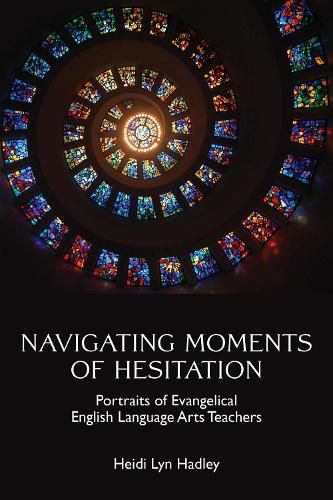Readings Newsletter
Become a Readings Member to make your shopping experience even easier.
Sign in or sign up for free!
You’re not far away from qualifying for FREE standard shipping within Australia
You’ve qualified for FREE standard shipping within Australia
The cart is loading…






Teachers’ religious identities shape their classroom practices in varied ways. From the books they select to the relationships they build with students to the way they see their role as a teacher, teachers’ religious identities shape their sense of what is possible and impossible within classroom settings. This book examines these complex navigations through portraits of three early-career evangelical Christian teachers as they explore the tension they feel between their teaching identities and their religious identities in the setting of the U.S. public education system.
What these portraits make clear is that the prevailing assumption that religious teachers have wholly separate teaching and religious identities is an impossibility, no matter how devoutly it might be wished for, legislated, and imagined. Who are these teachers? How does their evangelical religious identity influence the way they navigate classroom spaces? How are they making sense of their own experiences as a religious person in a public school classroom?
$9.00 standard shipping within Australia
FREE standard shipping within Australia for orders over $100.00
Express & International shipping calculated at checkout
Teachers’ religious identities shape their classroom practices in varied ways. From the books they select to the relationships they build with students to the way they see their role as a teacher, teachers’ religious identities shape their sense of what is possible and impossible within classroom settings. This book examines these complex navigations through portraits of three early-career evangelical Christian teachers as they explore the tension they feel between their teaching identities and their religious identities in the setting of the U.S. public education system.
What these portraits make clear is that the prevailing assumption that religious teachers have wholly separate teaching and religious identities is an impossibility, no matter how devoutly it might be wished for, legislated, and imagined. Who are these teachers? How does their evangelical religious identity influence the way they navigate classroom spaces? How are they making sense of their own experiences as a religious person in a public school classroom?